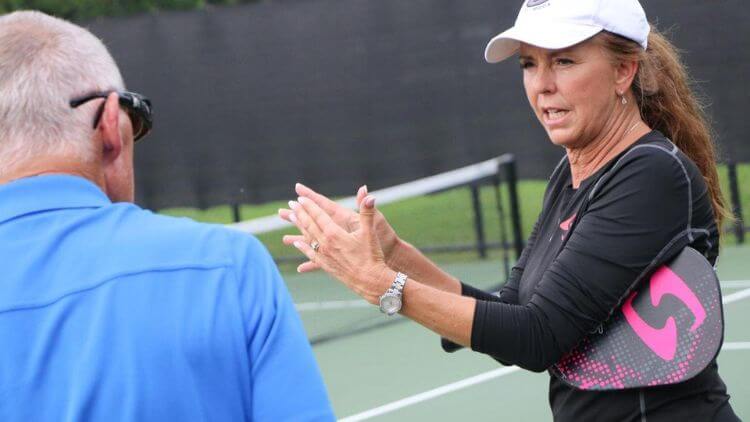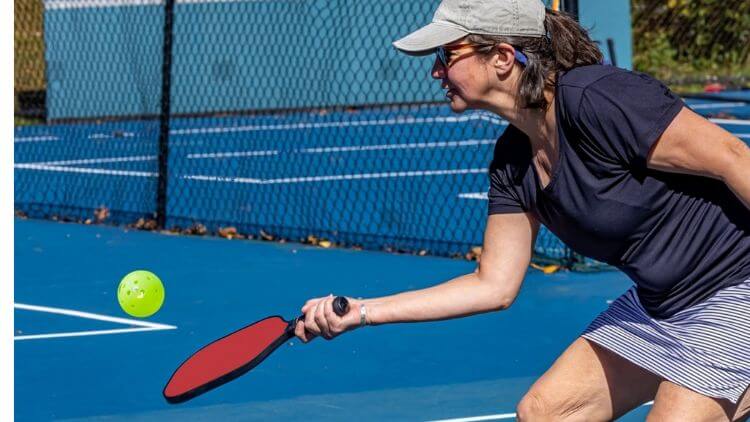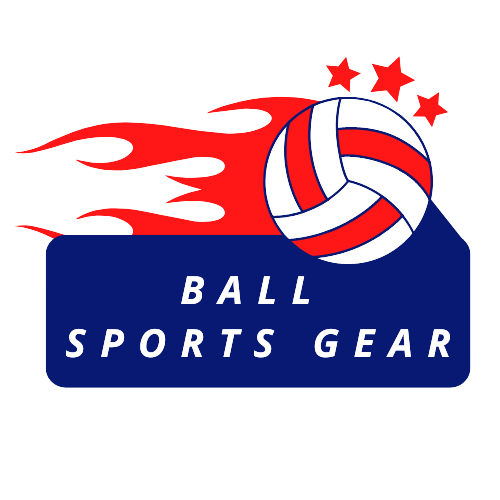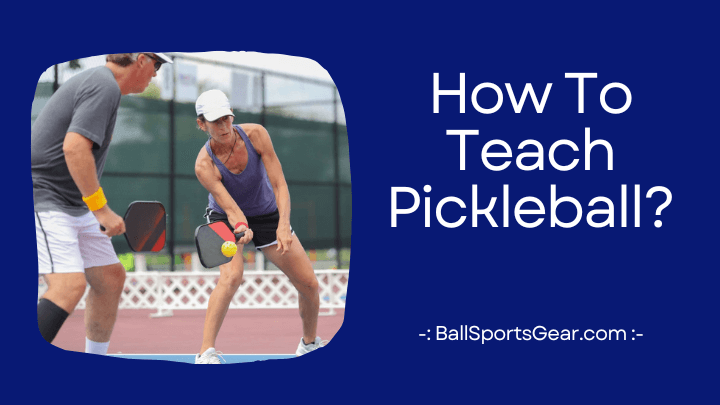Pickleball is a sport that is entertaining and popular all around the world. Start with the fundamentals and place emphasis on appropriate technique if you’re interested in instructing others in playing. We’ll address some of the most popular queries about picking up how to teach pickleball in this article.
Basic Equipments and Rules
Pickleball is a game that requires the proper tools and a solid grasp of the rules in order to play. Here are the crucial components and fundamental guidelines you should be aware of:
Equipment
Paddles: Pickleball paddles are usually made of wood, graphite, or composite materials. When teaching beginners, it’s best to start with lighter paddles to help them develop proper technique and avoid strain.
Balls: Pickleball balls are similar to whiffle balls, featuring holes for reduced speed and control. They come in various colors to differentiate indoor and outdoor play. Opt for indoor balls with larger holes for beginners, as they are slower and easier to control.
Nets: Pickleball nets are placed lower than traditional tennis nets, standing at 36 inches in the center and 34 inches at the sidelines. Make sure the net is securely set up and at the correct height for optimal gameplay.
Court Dimensions: A pickleball court is rectangular, measuring 20 feet wide and 44 feet long for doubles play. For singles play, the court is the same width but only 20 feet long. The court is divided by a non-volley zone, located 7 feet from the net on each side.

Rules
Scoring: Pickleball uses a rally scoring system, meaning points can be scored by either the serving or receiving team. Points are scored only when the serving team wins a rally. The first team to reach 11 points, with a lead of at least two points, wins the game.
Serving: The serving team must stand behind the baseline and serve diagonally to the opponent’s service box. The serve must clear the non-volley zone and land in the opposite diagonal court. Each player gets one chance to serve until a fault occurs.
Faults: A fault occurs when a serve does not land within the correct service box, the ball hits the net on the serve, the ball is hit out of bounds, or the non-volley zone is violated during a volley. When a fault is committed, the opposing team gets a point and the serve.
Non-Volley Zone: The non-volley zone, also known as the kitchen, is the area within 7 feet of the net. Players are not allowed to hit the ball while standing inside the non-volley zone unless the ball bounces in the kitchen first.
Choosing the Right Equipment and Following the Rules
When teaching pickleball, it’s crucial to guide your students in choosing the right equipment and understanding the rules. Here are some tips to ensure a smooth learning experience:
Equipment Selection
Start with Lightweight Paddles: For beginners, lightweight paddles are recommended as they are easier to handle and maneuver. As players progress, they can experiment with different paddle materials and weights to find their preferred style.
Consider Grip Size: Paddle grip size is essential for comfort and control. Encourage players to choose a grip size that allows them to comfortably hold the paddle with a relaxed grip, ensuring better stroke technique and minimizing the risk of injury.
Quality Balls: Invest in quality pickleball balls that provide consistent bounce and durability. Opt for softer balls for indoor play or if you’re teaching
Fundamental Skills and Techniques
Forehand:
The forehand is one of the essential shots in pickleball. Demonstrate the proper grip, body position, and swing technique. Emphasize the importance of weight transfer and follow-through. Introduce drills like cross-court forehand rallies or target practice to enhance accuracy and consistency.
Backhand:
Teaching a solid backhand is crucial for players to have a well-rounded game. Explain the correct grip and footwork for the backhand shot. Show players how to generate power and control with a compact swing. Drill ideas may include backhand dinking or practicing backhand volleys against the wall.
Volley:
Mastering the volley is key to maintaining control and putting pressure on opponents. Break down the technique for the forehand and backhand volleys, focusing on the ready position, hand positioning, and soft touch. Utilize drills like partner volleys or reflex volleys to improve reaction time and net play skills.
Dink:
The dink is a delicate shot that involves finesse and accuracy. Teach players how to execute a proper dink, emphasizing a relaxed grip and soft touch. Incorporate drills like drop-and-dink or dink rallies to enhance touch and control at the net.
Lob:
The lob is a defensive shot used to reset the point or create an offensive opportunity. Explain the lob technique, including proper grip, body position, and timing. Provide drills such as lob and recovery or defensive lob practice to develop players’ ability to hit effective lobs.
Advanced Strategies and Tactics
Positioning:
Teach players how to position themselves strategically on the court, considering factors like shot placement, opponents’ positions, and their own strengths. Discuss concepts like the “third-shot drop” and the “kitchen game.” Demonstrate how to adapt positioning based on different game situations.
Communication:
Pickleball success depends on partners communicating well with one other. Instruct players in using signals, calls, and nonverbal clues to communicate. In order to reduce misunderstanding and increase collaboration, emphasise the need of clear and precise communication.

Anticipation:
Help players develop their ability to anticipate their opponents’ shots and movements. Discuss cues such as body positioning, shot preparation, and court awareness. Provide scenarios and drills that encourage players to anticipate shots and react accordingly.
Shot Selection:
Guide players in understanding shot selection based on the situation and opponent’s positioning. Teach them how to assess opportunities for aggressive shots versus controlled shots. Illustrate different shot options, such as drives, drops, lobs, and dinks, and explain when to utilize each one.
Frequently Asked Questions
A paddle, a plastic ball with holes, and a court with a net are needed for pickleball. The balls are light and make a distinctive sound when struck, and the paddles are comparable to those used in tennis but smaller.
A: It’s important to start with the fundamentals when teaching pickleball to novices, including the game’s rules, necessary tools, and the right way to strike the ball. The significance of placement on the court and good footwork should also be emphasised. Also you can teach them virtually by videos that teach how to play pickleball.
A: In Pickleball, novices frequently hit the ball too hard, don’t move their feet sufficiently, and fail to communicate with their partner. To assist players in increasing their abilities and avoiding the formation of undesirable habits, it is crucial to rectify these errors as soon as possible.
Conclusion
How to teach pickleball? Teaching Pickleball can be a rewarding experience, as it allows you to share your love of the sport with others. By focusing on the fundamentals, addressing common mistakes, and providing plenty of opportunities for practice, you can help your students improve their skills and maximize their enjoyment of the game. How to teach pickleball to beginners? Whether you’re teaching beginners or coaching advanced players, the tips and insights provided in this FAQ can help you become a better Pickleball instructor and also how to teach a group pickleball lessons.

